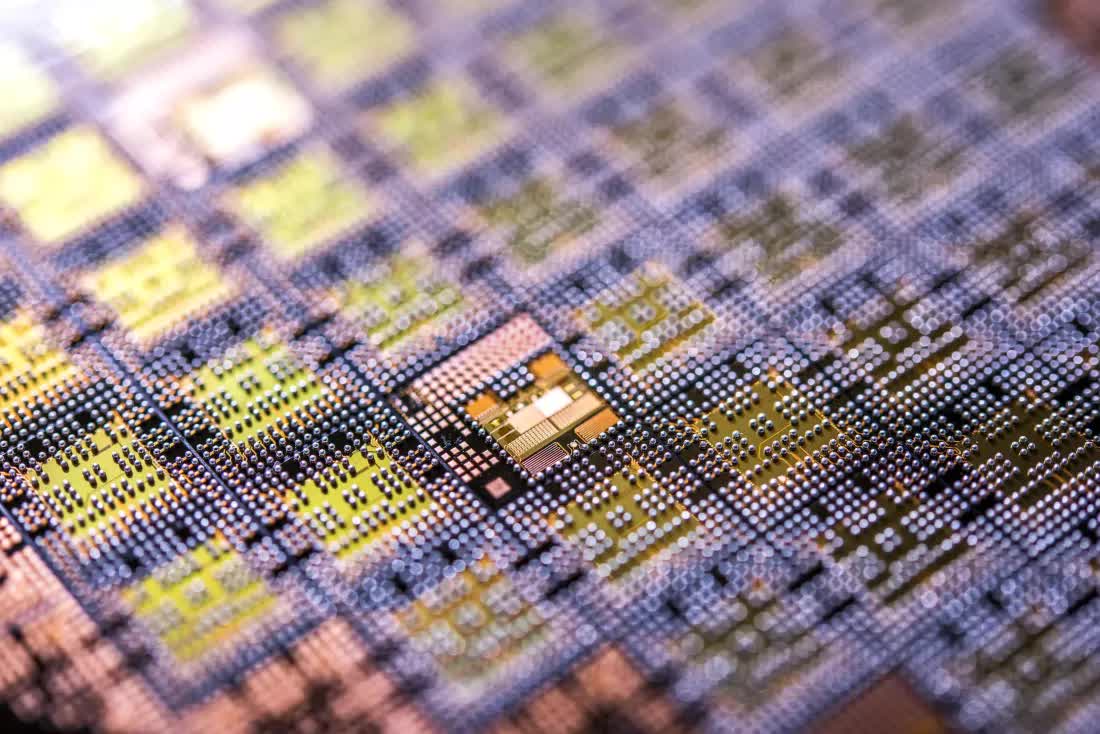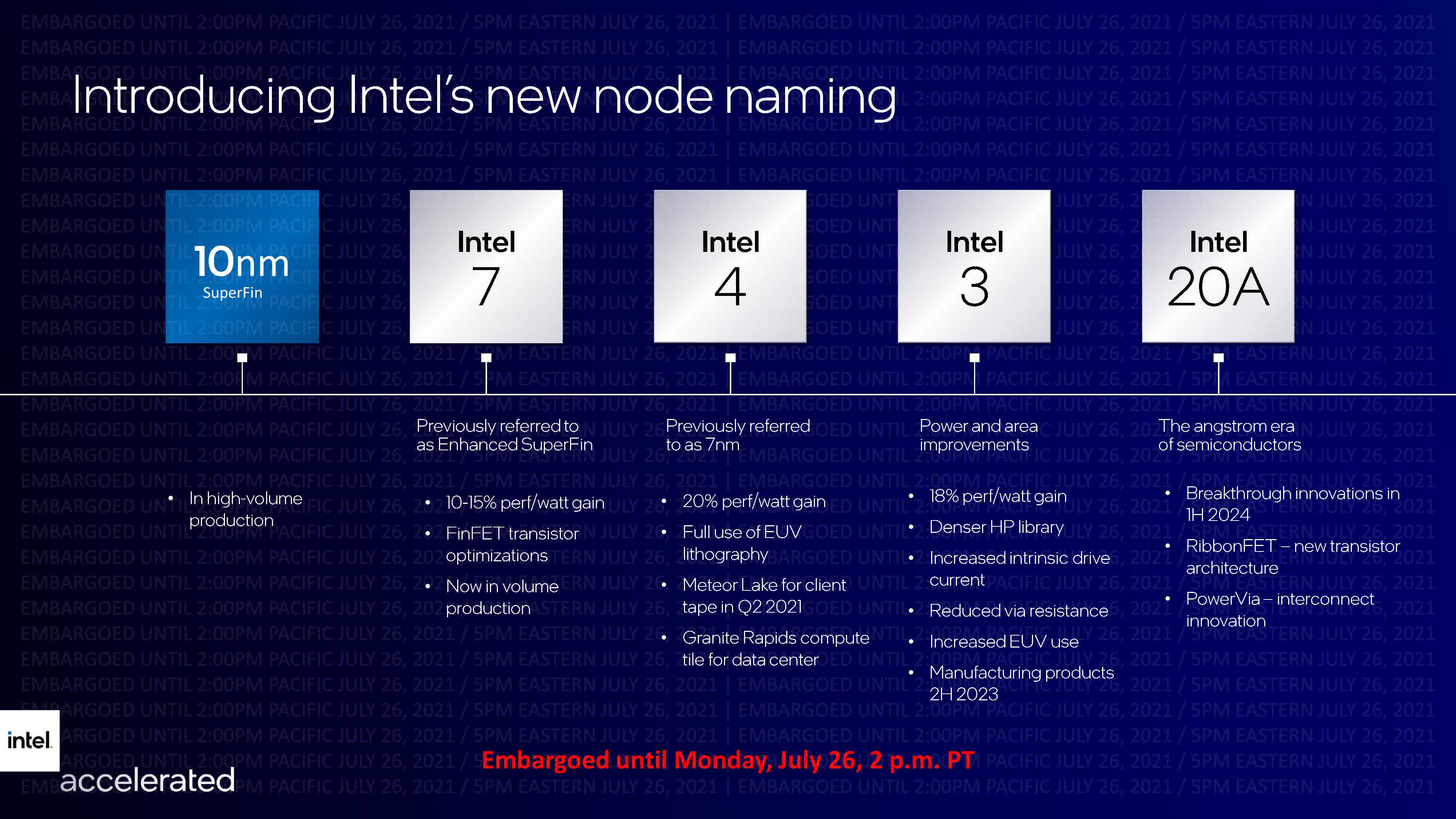In a nutshell: Earlier this month, several outlets reported delays to Intel's upcoming 3nm-based technologies. CEO Pat Gelsinger squashed those rumors during Intel's Capital Allocation Update call, assuring attendees that products based on both Intel and TSMC's 3nm nodes are on track for their planned release dates. Gelsinger likens the rumors to those spread surrounding the Intel 4 process, which at the time were also proven false.
Intel's CEO did not shy away from addressing rumors and concerns surrounding the company's 3nm-based efforts. Gelsinger instead met the claims head on, attempting to put any doubts of Intel's progress to rest by assuring participants that the Granite Rapids, Sierra Forest, and TSMC-based 3nm graphics tile technologies are all still progressing on schedule.
The high-performance Granite Rapids lineup and energy efficient Sierra Forest lineup are being developed using Intel's in-house 3nm lithography process. The process is a refinement of the Intel 4 process, but with added performance and efficiencies that could extend beyond their data center-focused audience. The TSMC-based 3nm resources are specifically scheduled for use as a graphics tile on Intel's upcoming Meteor Lake and Arrow Lake client processors.

The subject of process nodes has become a rather muddy exercise in marketing over the last several years. While we often hear references to process node names as an indicator of size and technical superiority, the truth is that the elements originally driving process node naming conventions deviated from their original course more than 25 years ago. Today's node names are selected and adjusted by the companies introducing them to fit and compare to their current competition.
A good example of process node names not meaning much of anything is the previous Intel 10nm process and Samsung 7nm process. To the average customer, the 7nm process node was made to sound like a significant advancement and advantage over Intel's 10nm parts. But when reviewing the specifications of each node, it became apparent that the 10nm and 7nm process nodes had very similar characteristics.
Intel maintains its stance on their in-house foundry services, assuring customers and stakeholders that the internal 3nm process nodes will enter production and distribution in late 2023 into 2024. Recent reports also indicate that TSMC's 3nm support looks promising, reaching full production in late 2023 and resulting in yields as high as 80%.
Intel's efforts to regain a foothold in the consumer and data center hardware space continue to grow. According to Gelsinger, he feels confident that the company has turned a major corner regarding previous execution challenges and is adamant that "... these rumors, like many others, will be proven by our execution to be firmly false."

